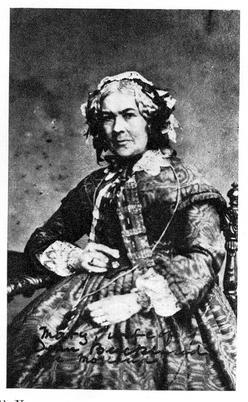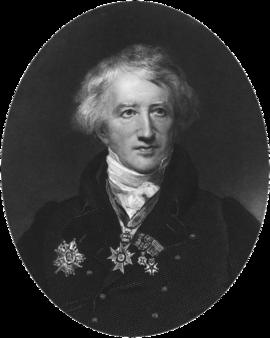Peter Martin Duncan was an English Palaeontologist. He was a Fellow of the Zoological Society of London, holding office in the Society
Henry Bolingbroke Woodward was an English geologist and palaeontologist known for his research on fossil crustaceans and other arthropods
Palaeontologist, marine biologist and scientific illustrator.
She was born in 1797 in Sheepstead House, Abingdon-on-Thames, to Benjamin Morland, a solicitor, her mother, Harriet Baster Morland, died when she was a baby and her father remarried. She was educated in Southampton, and spent a part of her childhood under the care of Sir Christopher Pegge, a Regius Professor of Anatomy in Oxford, who along with his wife supported her scientific interests.
In the midst of her teenage years she was intrigued by the studies conducted by Georges Cuvier and provided him with specimens and illustrations. Buckland established a name for herself as a scientific draughtswoman, who helped Conybeare, Cuvier, and her soon to be husband, William Buckland.
In 1825 Mary married Buckland, who later became Dean of Westminster. Their honeymoon was a geological tour lasting a year, including visits to geologists and geological locations across Europe. They had nine children, including Frank Buckland and author Elizabeth Oke Buckland Gordon. The children were exposed to their parents' collections of fossils from an early age and at the age of 4, Frank could successfully identify the vertebrae of an ichthyosaurus. Buckland supported her husband's pursuits, while balancing her time to help educate, and teach her children. She also spent time promoting education within the villages. During her marriage, her desire to pursue science was limited because of her husband's disproval of women being engaged in scientific pursuits.
Mary Buckland assisted her husband greatly by writing as he dictated, editing, producing elaborate illustrations for his books, taking notes of his observations, and writing much of it herself. Her skills as an artist are on display in William Buckland's largely illustrated work Reliquiae diluvianae, published in 1823, and in his Geology and Mineralogy in 1836. She assisted William Buckland's experiments to reproduce fossil tracks and many others. She assisted him when he was commissioned to contribute a volume to The Bridgewater Treatises.
In 1842 Mary's husband fell ill and his mental health began to decline. In 1850 he was sent to John Bush's Mental Asylum at Clapham in London. Shortly after, Mary retired to St Leonards-on-Sea in Sussex.
Although Mary Buckland was in poor health after her husband's death, she continued her husband's work and branched out her own research. Examining micro forms of marine life through a microscope, with her daughter Caroline, and arranging a large collection of zoophytes and sponges, which she collected during her visits to the Channel islands of Guernsey and Sark with her husband. Much of her fossil reconstructions are held by the Oxford University Museum of Natural History.
Mary died in St Leonards on 30 November 1857, and was buried in Islip, Oxfordshire.
William Willoughby Cole, 3rd Earl of Enniskillen, styled by the courtesy title Viscount Cole until 1840, was an Irish palaeontologist and Conservative Member of Parliament. He also served as the first Imperial Grand Master of the Orange Order Lodge of Ireland from 1846 until his death
Thomas Davidson was a British Palaeontologist
Charles Davies Sherborn was an English bibliographer, palaeontologist and geologist. His magnum opus was the compilation of the Index Animalium, an 11-volume, 9,000-page work that catalogued the 444,000 names of every living and extinct animal discovered between 1758 and 1850. This work is considered the bibliographic foundation for zoological nomenclature. In addition, Sherborn authored almost 200 books, papers and catalogues on a wide variety of topics in natural history. He made important contributions to the study of microfossils and was a founding member and first president of the Society for the Bibliography of Natural History
Palaeontologist
William Buckland was an English theologian who became Dean of Westminster. He was also a geologist and palaeontologist
A French naturalist and zoologist, sometimes referred to as the 'founding father of palaeontology'. Cuvier was a major figure in natural sciences research in the early 19th century and was instrumental in establishing the fields of comparative anatomy and palaeontology through his work in comparing living animals with fossils


